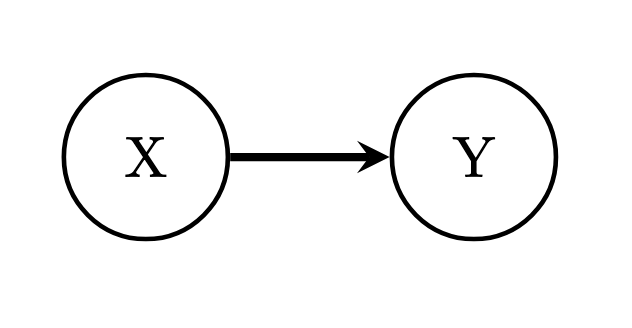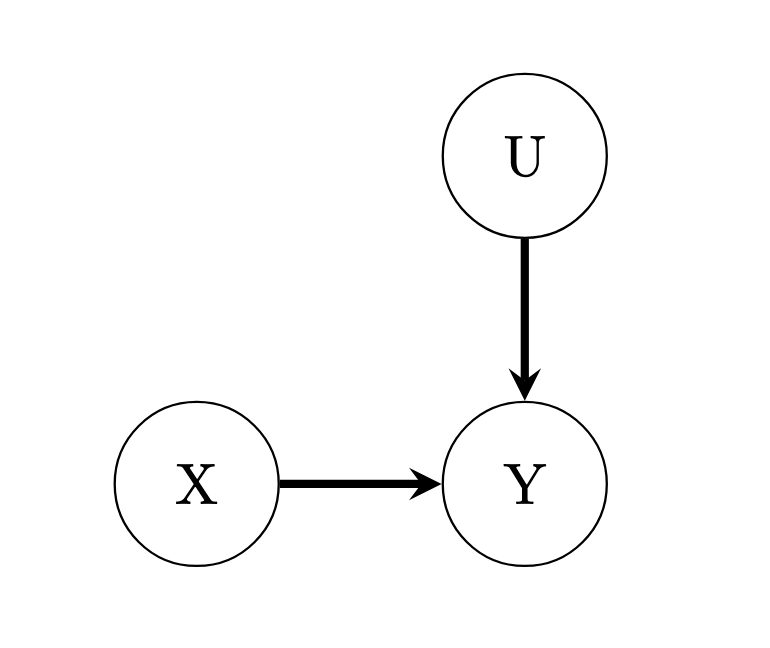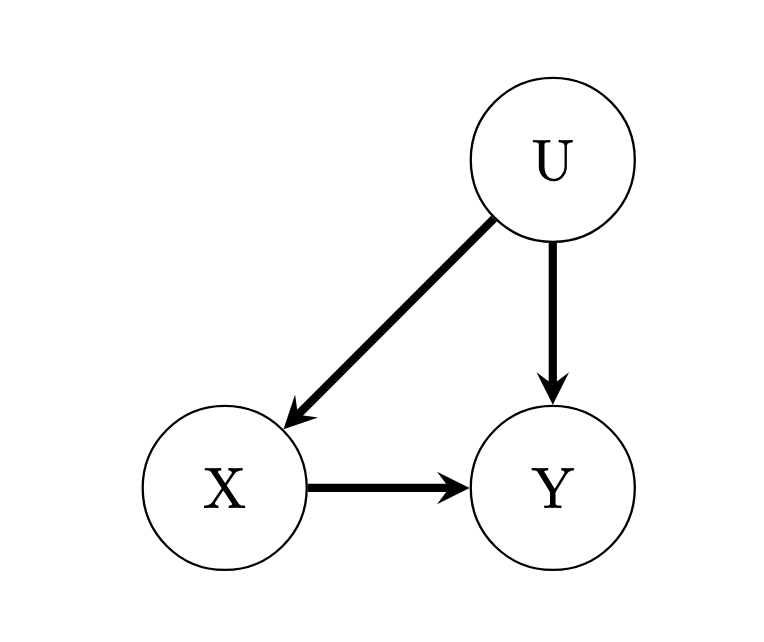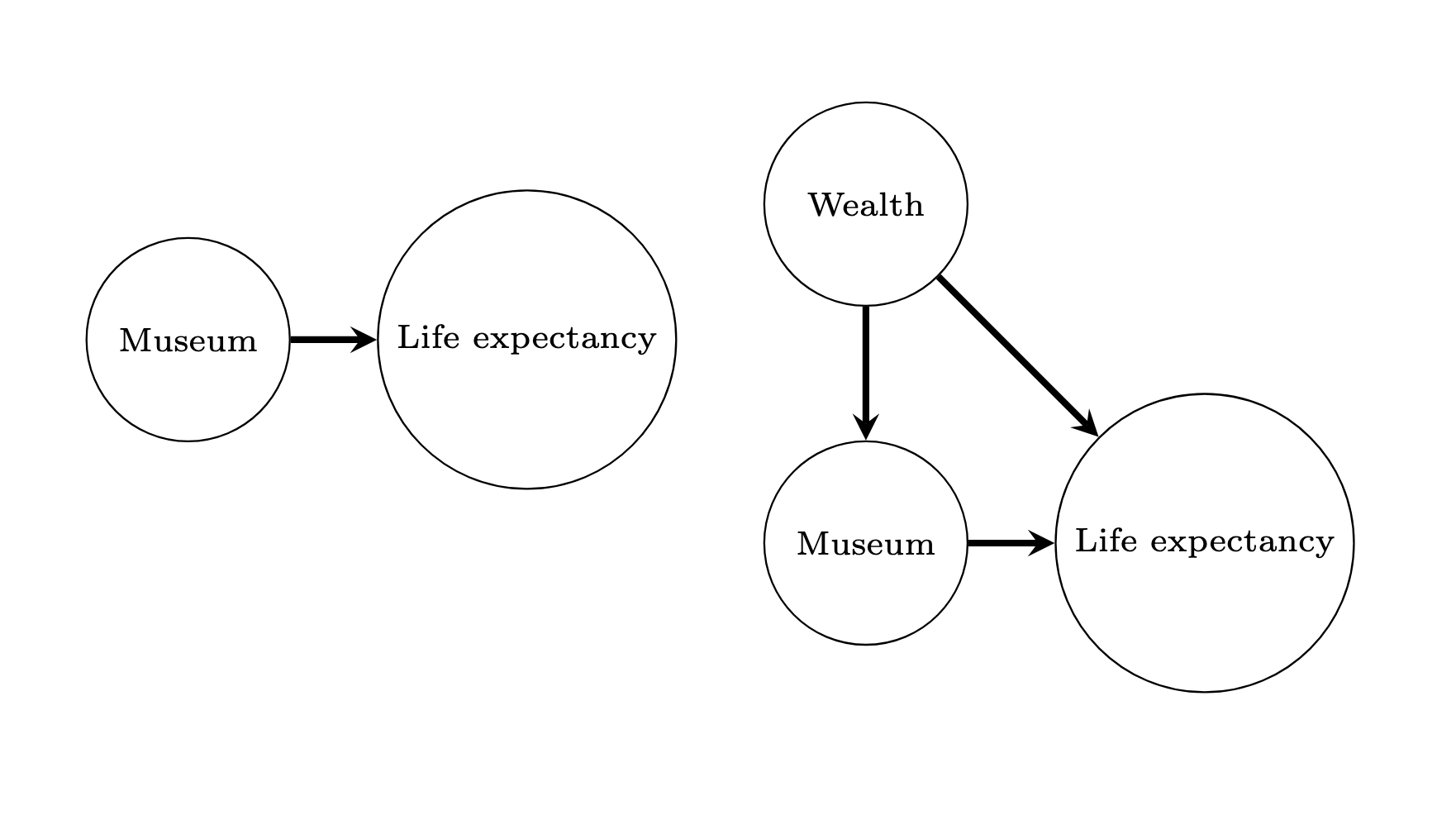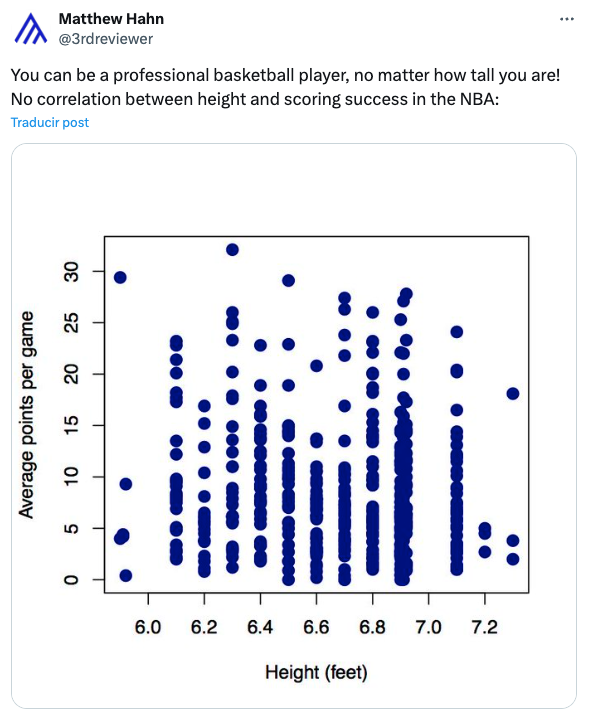star <- read.csv("./code/STAR.csv")
dim(star)[1] 1274 4head(star) classtype reading math graduated
1 small 578 610 1
2 regular 612 612 1
3 regular 583 606 1
4 small 661 648 1
5 small 614 636 1
6 regular 610 603 0table(star$classtype)
regular small
689 585 summary(star$math) Min. 1st Qu. Median Mean 3rd Qu. Max.
515.0 604.0 631.0 631.6 659.0 774.0 